Greysheet & CPG® PRICE GUIDE
- U.S. Coins /
- Pre-1933 Gold Coinage /
-
$1 Gold – Type 1 (1849–1854) Values
About This Series
Catalog Detail
Legal Disclaimer
The prices listed in our database are intended to be used as an indication only. Users are strongly encouraged to seek multiple sources of pricing before making a final determination of value. CDN Publishing is not responsible for typographical or database-related errors. Your use of this site indicates full acceptance of these terms.
















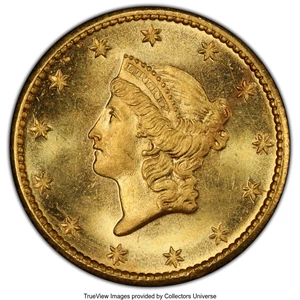
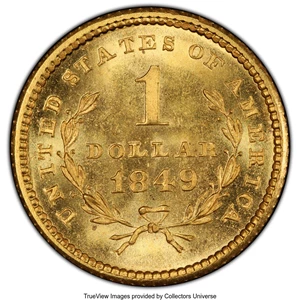


| $1 Gold – Type 1 (1849–1854) | Value Range | Favorite | |||
|---|---|---|---|---|---|
| $1 Gold – Type 1 (1849–1854) | Value Range | ||||
|
$295
-
$317,000
$295 - $317,000
|
||||
|
$320
-
$78,000
$320 - $78,000
|
||||
|
-
|
||||
|
$320
-
$84,000
$320 - $84,000
|
||||
|
-
|
||||
|
-
|
||||
|
-
|
||||
|
-
|
||||
|
$320
-
$20,000
$320 - $20,000
|
||||
|
-
|
||||
|
$1,300
-
$57,000
$1,300 - $57,000
|
||||
|
$186,000
-
$1,800,000
$186,000 - $1,800,000
|
||||
|
$2,300
-
$115,000
$2,300 - $115,000
|
||||
|
$320
-
$42,000
$320 - $42,000
|
||||
|
$320
-
$79,000
$320 - $79,000
|
||||
|
$1,300
-
$38,500
$1,300 - $38,500
|
||||
|
$1,450
-
$69,000
$1,450 - $69,000
|
||||
|
$700
-
$20,000
$700 - $20,000
|
||||
|
$295
-
$55,000
$295 - $55,000
|
||||
|
$1,550
-
$39,500
$1,550 - $39,500
|
||||
|
$1,250
-
$108,000
$1,250 - $108,000
|
||||
|
$320
-
$29,000
$320 - $29,000
|
||||
|
$295
-
$330,000
$295 - $330,000
|
||||
|
$950
-
$78,000
$950 - $78,000
|
||||
|
$1,300
-
$40,500
$1,300 - $40,500
|
||||
|
$360
-
$61,000
$360 - $61,000
|
||||
|
-
|
||||
|
$295
-
$317,000
$295 - $317,000
|
||||
|
$2,000
-
$63,500
$2,000 - $63,500
|
||||
|
$1,450
-
$144,000
$1,450 - $144,000
|
||||
|
$320
-
$46,000
$320 - $46,000
|
||||
|
-
|
||||
|
$295
-
$25,000
$295 - $25,000
|
||||
|
$4,000
-
$92,000
$4,000 - $92,000
|
||||
|
$525
-
$50,500
$525 - $50,500
|
||||
Related Stories (powered by Greysheet News)
View all news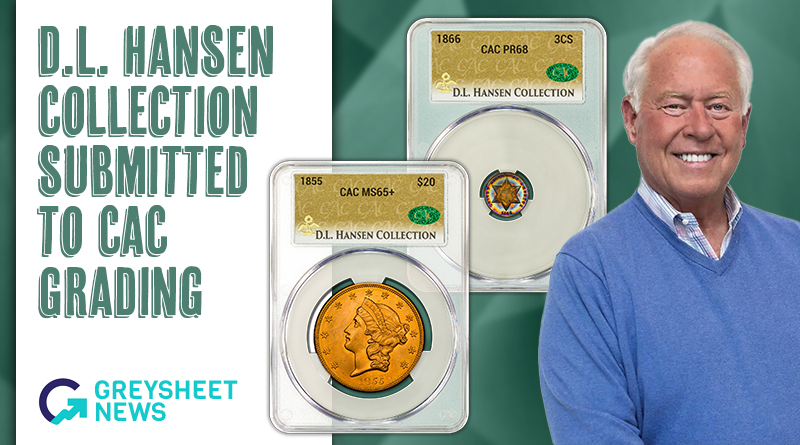
The unprecedented crossover underscores his personal efforts to combat “grade inflation.”
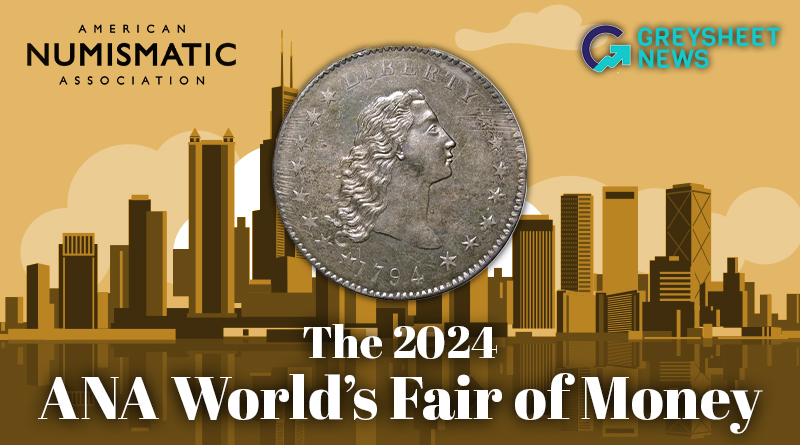
Dazzling rarities, free educational opportunities, family fun and more await at the Donald E. Stephens Convention Center

The designs will be featured on a $5 gold coin, a $1 silver coin, and a half dollar clad coin.
Greysheet Catalog Details
Catalog Detail
Legal Disclaimer
The prices listed in our database are intended to be used as an indication only. Users are strongly encouraged to seek multiple sources of pricing before making a final determination of value. CDN Publishing is not responsible for typographical or database-related errors. Your use of this site indicates full acceptance of these terms.



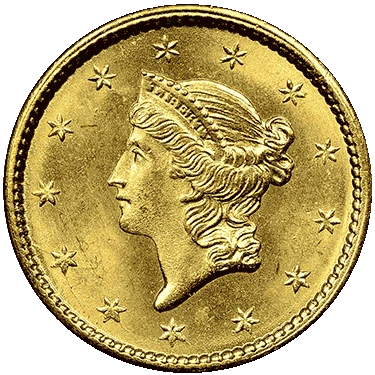



 Loading more ...
Loading more ...